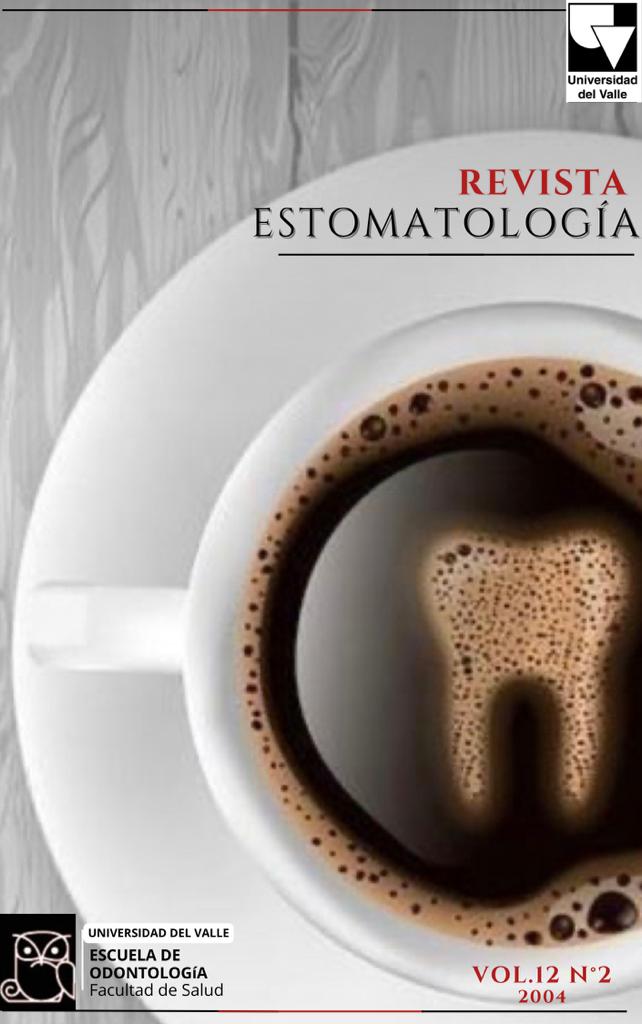Mordida Abierta Anterior
Keywords:
Open bite, Craniofacial growth, Malocclusion, Vertical skull dento facial dimensión, Dental intrusiónMain Article Content
Open bites can be related to skeletal, dental, and soft tissue effects and generally obey to a combination of these
factors (multifactorial). Sometimes it is possible to identify the pecific etiologic factors, but especially in open-bite cases of skeletal origin, the factors responsible for the malocclusion can not be identified easily. Treatment of patients with open bite must be performed early to be
successful. Otherwise the opportunity for growth modification could be lost, leaving surgical
correction as the only possible treatment. Control of the vertical dimension is considered the most
important factor in the treatment of open bite malocclusions and the molar intrusion is the primary
treatment objective to achieve these treatment goals. Various treatment modalities have been proposed for the correction of anterior open bites. A conventional approach is to inhibit the vertical maxillary growth or to intrude maxillary molars with headgear. Other treatment devices
reported include vertical-pull chin-ups, functional appliances, bite-blocks, tongue cribs, magnets, multi loop edgewise arch wires (MEAW therapy) miniplate anchorage and various orthognathic surgery combinations. Relationship between temporomandibular joint dysfunction and open bite is not clear.
Downloads

This work is licensed under a Creative Commons Attribution-NonCommercial-NoDerivatives 4.0 International License.
Los autores/as conservan los derechos de autor y ceden a la revista el derecho de la primera publicación, con el trabajo registrado con la licencia de atribución de Creative Commons, que permite a terceros utilizar lo publicado siempre que mencionen la autoría del trabajo y a la primera publicación en esta revista.

